Background
According to the Global Burden of Disease 2016 study, spine pain is the most common cause of disability for people between the ages of 25-64.
Cervical facet joints are responsible for the ability to bend, twist, and rotate the neck. When there is acute or chronic pain referring from the neck to the shoulder, head, and parascapular regions, the cervical facet joints maybe the culprit.
Cervical facet joints are proposed as the primary source of pain in 25-67% of patients with chronic neck pain. The C2-C3 and C5-C6 joints are the most common cervical facet joints clinically implicated in neck pain.
Interestingly however, C2-C3, C3-C4, and C4-C5 joints are the most likely to display findings of degeneration on diagnostic imaging such as X-ray, MRI, or CT.
Symptoms
The facet joints link vertebrae together. Cervical facet mediated pain can present as neck pain, headache, shoulder pain, and parascapular pain. The pain referral pattern is determined by the joint level that is affected. For example, the C2-C3 facet joint is innervated by the Third Occipital Nerve (TON). Injury to this region is quite common with whiplash injuries during a motor vehicle, rollercoaster, or skiing accident. Symptoms related to the C2-C3 facet joint often include headache, occipital pain, and pain behind the ears. In comparison, C5-C6 facet joint mediated pain radiates into the lower neck, top of the scapula (shoulder blade), and shoulder.
Diagnosis
Accurate diagnosis of cervical facet mediated pain is conducted through an integrated approach. Identifying cervical facet joints as the likely pain generator is only the first step. Diagnosis of the specific joint(s) within the cervical spine is essential to determining the most effective treatment plan.
Diagnosis is approached using physical examination (i.e., range of motion testing and palpation), imaging, and diagnostic blocks. The reason for a multimodal approach is that individual findings through physical exam or x-ray may not be solely indicative of the involved facet joint. For example, degenerative changes seen in radiological studies may not always be symptomatic and the presence of findings does not always correlate with clinical symptoms. Diagnostic blocks are used to accurately identify specific joints that are generating a patient’s pain. Diagnostic blocks, known as medial branch blocks (MBB) are also a required step before a common interventional procedure known as radiofrequency ablation (RFA).
Treatment
Conservative management of cervical facet joint pain involves physical therapy, chiropractic care, and anti-inflammatories. These conservative options are the first line of treatment because they can assist the recovery process of minor aches and pains. Many people get better without the need for any further treatment options. Internationally agreed-upon guidelines published in 2021 indicates that pain decreases within 1-2 months of onset in most subjects. In a 12-month timeframe, it was found that 74% of patient had significant improvement of symptoms.
Apart from conservative treatment options, there are also interventional procedures such as prognostic medial branch blocks (MBB) and radiofrequency ablation (RFA). MBBs are prognostic blocks which help the physician identify the specific facet joints that are generating pain. Two diagnostic block rounds may be conducted to lower the rate of false positive responses. The pain relief from the MBB is usually transient because of the medication used. Once the joints are identified, RFA can be used to stop the nerve from sending pain signals. Pain relief from RFA usually lasts 6-18 months and can be repeated.
Contact form
Or just call (412) 221-7640 and we’ll do everything we can to help.
Across all review platforms
Dr. David Provenzano, a leading expert throughout the nation for treating patients who suffer daily from pain, uses advanced diagnostic techniques to assess the source of the pain and develop a comprehensive and safe treatment approach that can significantly reduce your pain.

